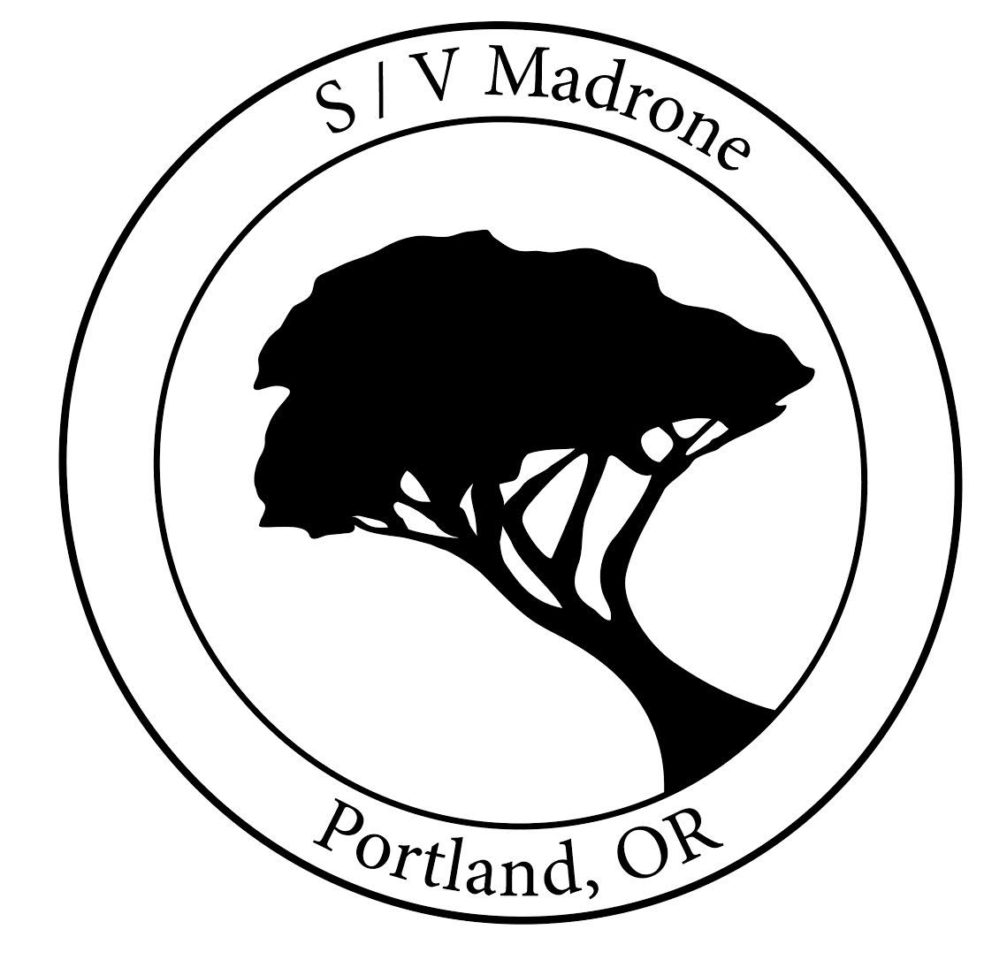The ‘Alenuihaha Channel tops all of those. Roughly translated from Hawaiian as “great billows smashing”, the channel is a giant wind tunnel. The near constant tradewinds around the islands are amplified as they squeeze between 14,000′ Mauna Kea and the 5,000′ high Kohala Mountains on the Big Island and 10,000’ Haleakala on Maui. About 30 miles wide, the channel generally features winds that are 5-15 knots higher than what is found on the open ocean. With higher winds come larger and steeper waves, and it’s the combination of the wind and the waves that can make for dangerous conditions.
There are a couple of generally accepted strategies for crossing the channel. First, try to go when the forecast calls for light or moderate tradewinds. And second, leave for the crossing either late at night after the tradewinds peak or early in the morning before they have time to build.
We watched the wind and wave forecast for a week or so in advance of our crossing, and we timed our approach to the north end of the island to coincide with a good weather window. The alarm rang at 2:30am, and we were raising the anchor by 3am to head across.
We received guidance from our new friend Ralph ahead of the crossing – based on the forecast, he predicted we’d see around 25 knots, perhaps with some gusts to around 30. That turned out to be an excellent prediction, and we had a screaming sail across the channel.
Madrone zipped along at 7-8 knots under a double-reefed main and a fraction of the genoa rolled out. Waves were only 6-8′, and overall the conditions didn’t seem that different from the reinforced tradewinds that we saw for the last several days of our passage from the mainland.
We’re very happy that we made it across and that the reality turned out to be more benign than our worries.





